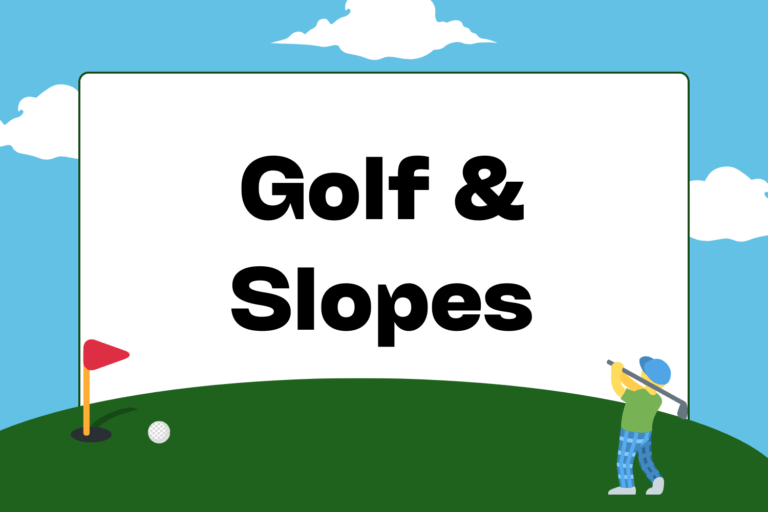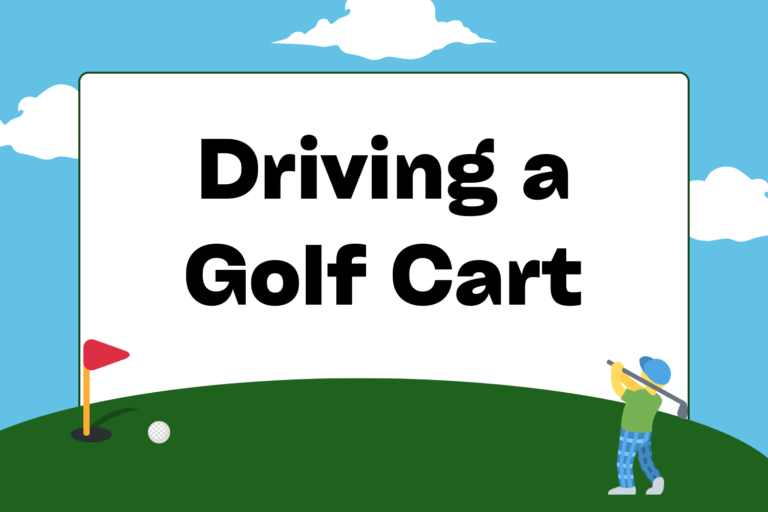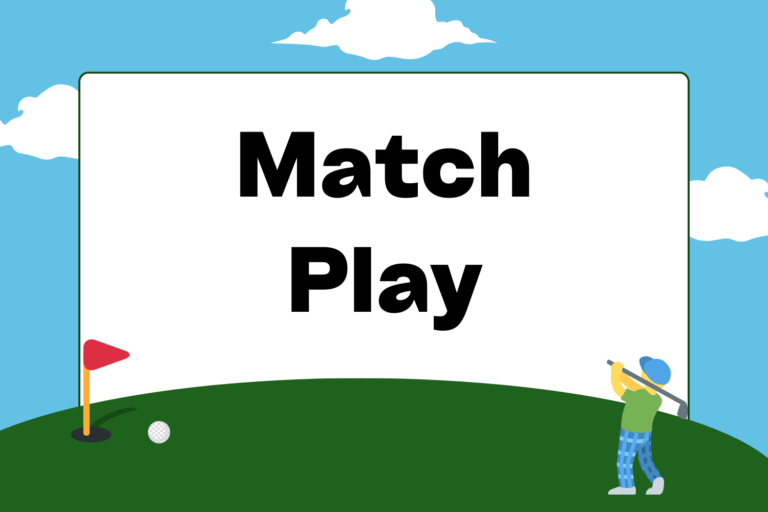Buying golf equipment can definitely be a process, but it’s also really fun. Sure, you have to do a lot of saving and planning, but you get to test out all sorts of clubs and gear before you find The One.
Buying a putter is no different. The one caveat to shopping for a new putter – as opposed to all of your other golf shopping – is how important your putting is on the golf course. More than any other part of your game, your performance on the putting green can make or break your confidence and, ultimately, your score.
That being said, it’s really important to invest some time and serious consideration into choosing a new putter. This guide aims to help you set a plan.
When It’s Time for a New Putter
The first step in buying a new putter is – surprise! – deciding that you need one. There are some obvious and not so obvious reasons that you might choose to start shopping. Here are some of the most common:
You don’t have a putter:
New to the game of golf? Lost your putter on the course somewhere? Gave yours away to a kid picking up the game? Maybe you don’t have a putter for some other mysterious reason, but if your bag is missing one – regardless of why – it’s definitely time to shop.
You have a damaged putter:
Normal wear and tear – small nicks here and there – can be ignored. A worn out grip can be replaced. But if there’s any major damage to the clubhead (especially the clubface), chances are you’re in need of a new putter.
You’ve lost confidence:
Sometimes the best reason for equipment change is psychological. A new putter in your bag can do wonders to boost your confidence and create some momentum on the greens.
Where to Shop
As with any golf clubs you buy, it’s extremely important to try a putter out before purchasing it.
The internet can be a great tool to compare prices and purchase a new putter, but only after you’ve held the same make and model in your hands at the shop.
Golf equipment retailers usually have a practice putting green set up so you can try out the putters you’re interested in right there in the store. If you shop at a golf course’s pro shop, you’ll be able to take a putter out onto the real practice green.
In any case, hit a good amount of putts before you settle on a decision. What you’re feeling for when testing a putter out is how the putter looks to your eye, how the weight of the club feels in your hands, and how easily you can line up your putts.
Different Lengths & Styles of Putters
Putters come in a variety of lengths and styles. Choose the length first, and then you can specify your options with a style you prefer.
Lengths of Putters
Generally, there are three types of putter lengths out there that come in a wide variety of styles. Here’s a brief description of the three types of putters you’ll see on the market:
Conventional:
These make up the majority of the putters you’ll find in any golf shop. Chances are that you originally learned how to putt using one of these, so unless you’re having a lot of trouble keeping your wrists solid through your stroke, or if your confidence on the greens is lacking in an extreme way, you’ll probably want to stick with the conventional putter length.
Belly:
Slightly longer than the conventional putter, a belly putter has a longer grip that rests against your stomach when you set up to the putt. Having the butt of the putter’s grip anchored into your belly helps stabilize your wrists through your stroke.
Long (broomstick):
The long putter – or the broomstick putter – is aptly named. To use it, you put one hand at the top of the grip (at your chest) and the other hand at the middle of the club (at about your waist). It’s good for golfers with bad backs because you have to stand more upright to use it.
Styles of Putters
Once you’ve chosen what length you want, it’s time to choose what style of putter you prefer. Unlike when shopping for a driver or a set of irons, you shouldn’t have to think too much about the putter’s shaft. What matters most in a putter’s style are two things:
- The shape and weight of the putter’s head
- Where and how the hosel attaches the putter’s head to the shaft
Here are the styles you’ll get to choose from:
- Blade putters are probably the most common styles of putter heads. These are the thinnest of the putter heads. The hosel (pronounced hozzel) can attach the head to the shaft either in the center of the putter’s head or at its heel. Hosels can also be offset – that is, instead of the shaft going directly into the putter’s head, the nozzle connects the shaft and head at an angle.Who should use blades: Golfers with an arced putting stroke (an inside-square-inside path); traditional putters with a good amount of confidence.
- Mallet putters have a more rounded shape. From the top view, their heads look almost like half-circles, with the flat side obviously the face of the putter. Mallet putters can also be found in heel or center shafted varieties, and offset nozzles can be found, too.Who should use mallets: Golfers with a more straight back-straight through putting stroke (especially a mallet with a center shaft); putters who like the blade style, but need a bit more weight at the end of the club.
- Weighted putters are the biggest you’ll find. Their heads come in a wide variety of shapes and styles, but the one thing all weighted putters have in common is their size. Because of that added width, weighted putters do a really good job of giving you all the tools you need to line up your putt as accurately as possible.Who should use weighted putters: Golfers who have trouble lining up their putts correctly with other putters; golfers who putt with a straight back-straight through, pendulum-style putting stroke.
Hot Tip: Heel- versus Center-shafted Putters
As is the case with many features in golf equipment, choosing between a putter whose shaft comes into the head at its center or at the heel of the head comes down to personal preference. However, a good tip when deciding between the two is to know your putting stroke.
Do you take the putter straight back and straight through the ball on your line? If that’s the case, you’ll probably fare better with a center-shafted putter.
Do you take the club back and through on more of an arc? Heel-shafted putters are probably your best bet, then.
Hot Tip: Face Inserts
Another feature you’ll see on many putters is an insert in the face. That’s put there to give the golfer a softer feel during impact. Inserts can be made of rubber, metal, and even glass, among other things. Try them out, and see if the softer feel you get improves your touch on the greens. If so, great. If not, remember that by no means are inserts necessary.
Try, Then Buy
It’s always fun to end a lengthy guide with the sentence: In the end, it all comes down to personal preference.
But seriously, it’s important to know the details and the options in front of you before making your selection. What’s even more important is to try as many putters as you can get your hands on before choosing The One. Eventually, you’ll try one that feels right in your hands, looks right to your eyes, and gets the results you’re looking for: Sinking more putts.





